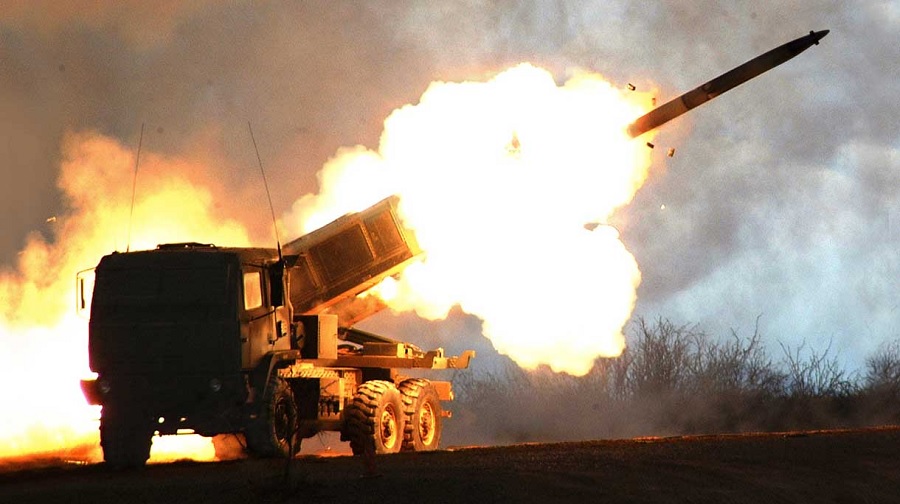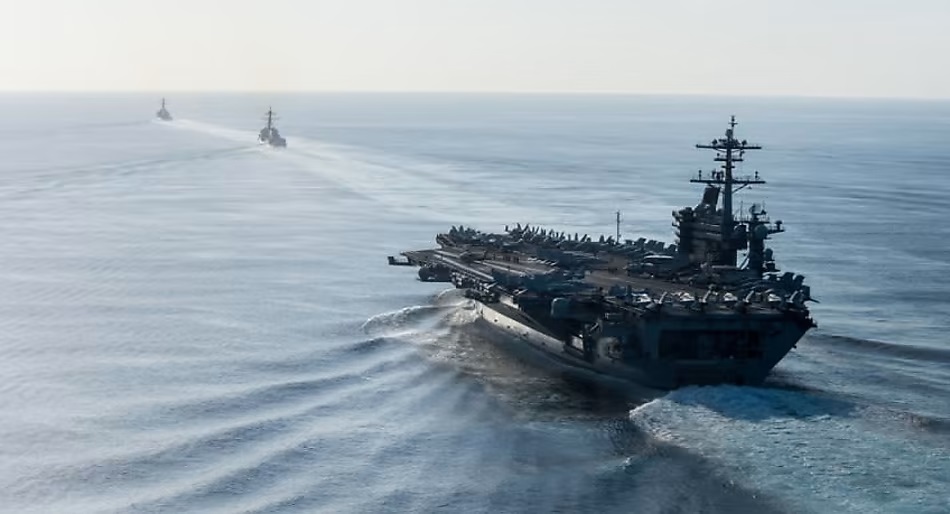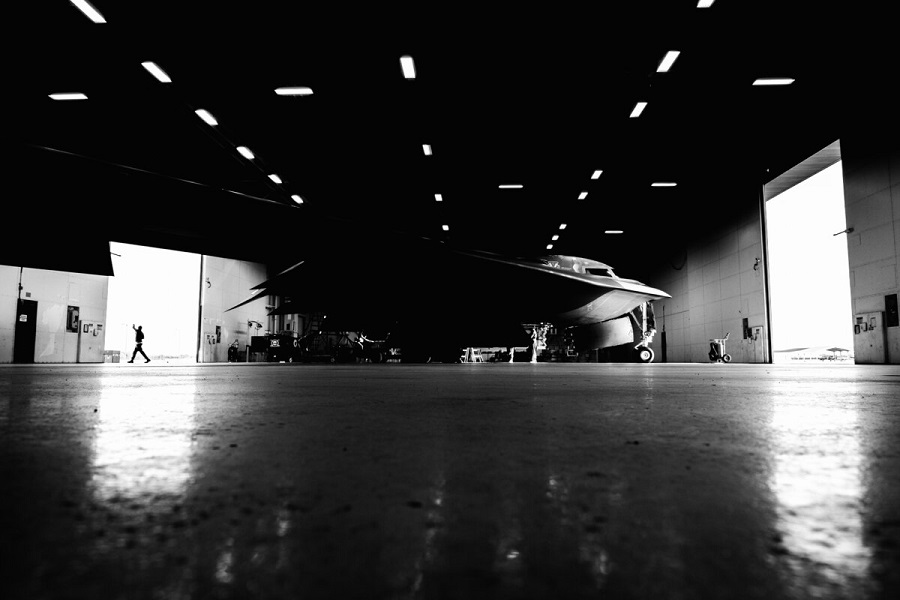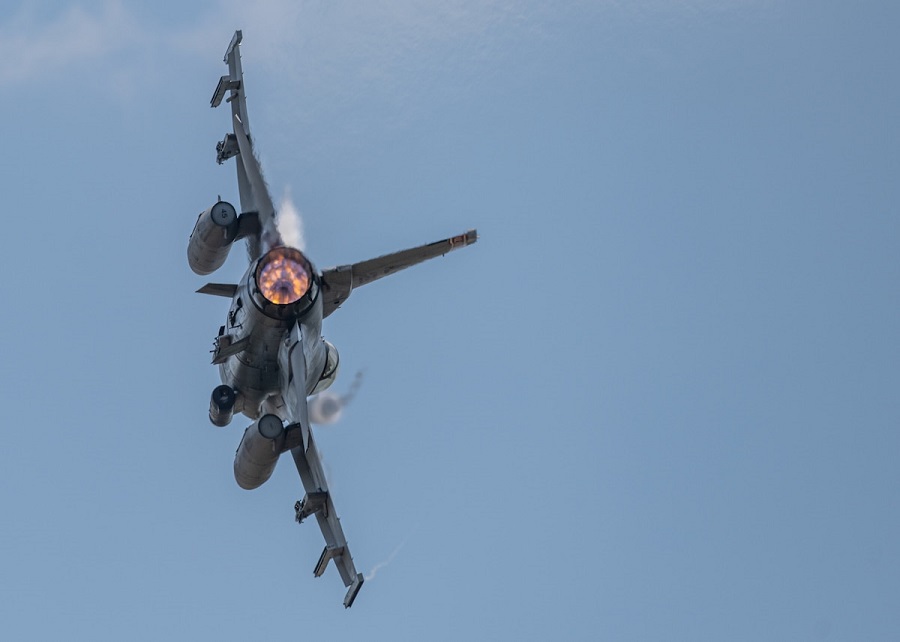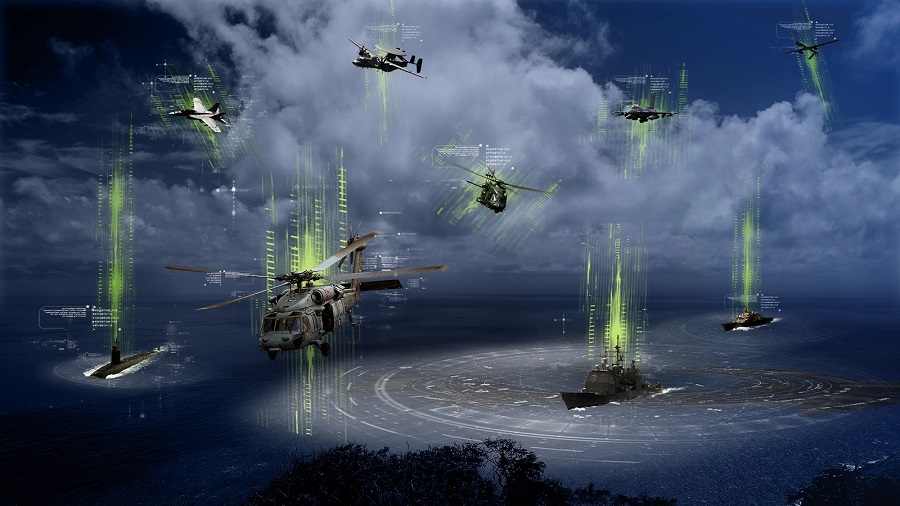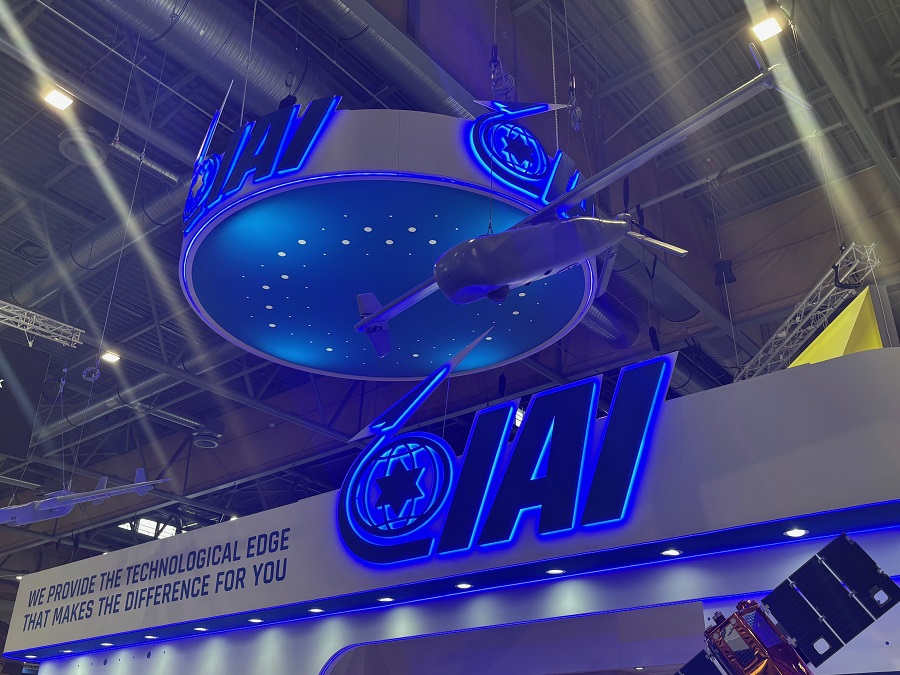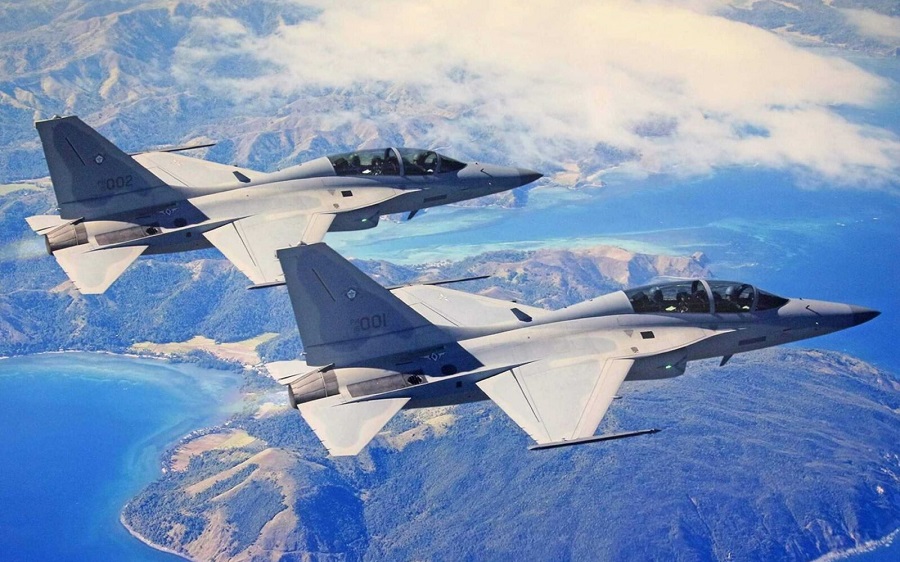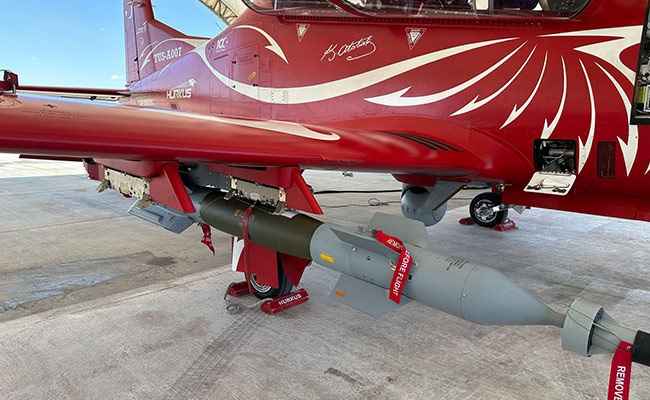During the exercise, the joint force loaded an M142 HIMARS onto a U.S. Air Force C-130J Hercules aircraft, forming a combined ready and lethal strike package. The aircraft transported the system and its crew to northern Luzon, where they disembarked and proceeded to a designated firing point.
The HIMARS team conducted an occupation drill along a pre-established heading before executing a dry fire mission based on realistic operational standards. Following the HIMARS Rapid Infiltration (HIRAIN) phase, the system was moved by ground to a northern port and loaded onto a Philippine Navy vessel.
This marked the first instance of the HIMARS being introduced in the Luzon Strait, a strategically critical area for the territorial defence of the Philippines. “We are supporting development of critical HIMARS munitions that are capable of striking moving maritime and land targets,” said Lt. Col. Alex Mullin, commander of 5-3 LRFB.
“These munitions coupled with relevant positions in the Indo-Pacific set conditions for the U.S. Army to provide a highly mobile maritime strike capability in a territorial defense scenario,” Mullin added. Over the past four years, the U.S. Army and U.S. Air Force have closely coordinated on transporting HIMARS across the Indo-Pacific to ensure rapid and effective deployment.
HIRAIN operations enable HIMARS to conduct precision strikes from remote locations, significantly extending its operational range. The system can fire a range of munitions, including the new Precision Strike Missile (PrSM), capable of reaching up to 500 km and striking moving ships.
“During Balikatan 25 we demonstrated HIMARS capability to quickly position on austere terrain and strike targets received from joint sensors,” Mullin said. “HIMARS is a proven entity; through tough training and innovation we are demonstrating the value of land power on the multi-domain battlefield for the joint force.”
The U.S. and Philippine forces are also deploying other land-based counter-maritime systems, such as the U.S. Army’s Mid-Range Capability and the U.S. Marines’ NMESIS. These efforts contribute to a credible deterrence posture as the U.S.-Philippine Alliance continues to strengthen regional security and stability.
Salaknib 2025 is a recurring bilateral exercise aimed at enhancing interoperability, trust, and cooperation between the U.S. military and the Armed Forces of the Philippines. The 1st Multi-Domain Task Force plays a key role in synchronising long-range fires and effects across all domains, supporting U.S. strategic objectives in the Indo-Pacific.







